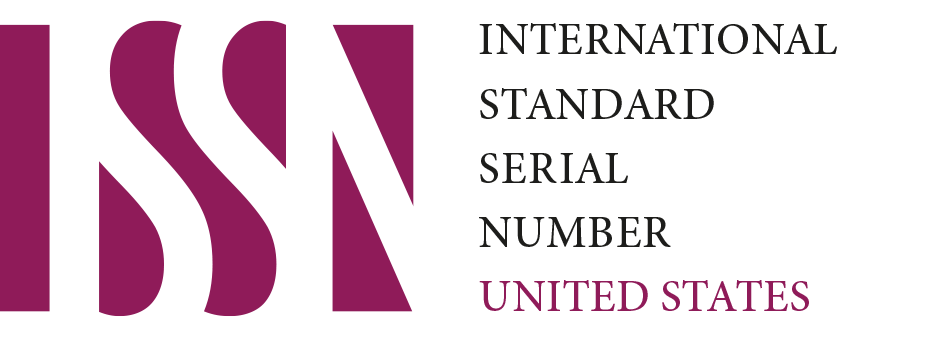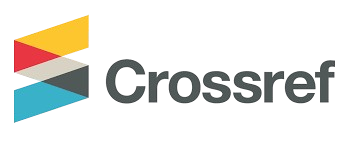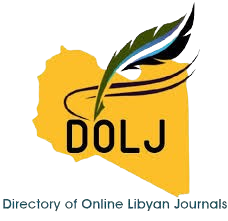Manuscript Preparation
Formatting Guidelines
All manuscripts must be written in Arabic or in clear, grammatically correct British or American English. The file should be submitted in Microsoft Word format, using standard paper size with 3 cm margins on all sides.
The document should follow these formatting rules:
- Use 12-point Times New Roman font.
- Text should be double-spaced, justified, and formatted in a single-column layout.
- All pages must be numbered sequentially, starting with the abstract.
- Headers and footers must remain blank, except for page numbers, which should appear in the footer.
Title Page
The title page must be prepared and uploaded as a separate Microsoft Word file and should contain the following:
- The title of the article, written in bold, with only the first letter of the first word capitalized. The title should be brief, specific, and descriptive, and should not contain abbreviations or trade names.
- Directly below the title, list the authors’ names in the following format: First name, middle initial, last name, along with abbreviated academic degrees.
- Beneath the author names, include each author’s academic title, department, institution, city, and country. If an author is in private practice, only the city and country should be provided.
- Authors and their affiliations must be linked using superscript Arabic numerals. Each numeral should appear after the academic degree and before the corresponding institutional affiliation. An asterisk (*) should be used to indicate the corresponding author.
- Immediately after the affiliations, include the corresponding author’s contact information, which should include:
- Institutional affiliation
- Full correspondence address
- City, state, postal code (if applicable)
- Country
- Phone number
- Email address
- If the manuscript is submitted by an organized group, the name of the organization, its location, and the date of the meeting where the paper was presented should be indicated at the bottom of the title page.
Figures
At the time of initial submission, all figures must be embedded within the main text. Although they are not required to be of final publication quality at this stage, they must be clear enough to support the peer-review process.
Upon final acceptance, authors are required to submit high-resolution versions of all figures as separate files in TIFF, PNG, or JPEG formats. Each figure must be submitted individually (e.g., Figure 1, Figure 2, etc.). Multiple sub-figures (e.g., Figure 1A, 1B, 1C) must also be submitted as separate files, not combined into a single image.
Figures should be cited in the order in which they appear in the manuscript text. Their reference should be placed in parentheses before the final punctuation of the relevant sentence.
Example: …as demonstrated in recent experiments (Figure 2).
All figure files must adhere to the following technical specifications:
- Color and black-and-white images must be saved at a minimum resolution of 300 dpi.
- In-image artwork (e.g., illustrations or schematics) must be saved at a minimum resolution of 600 dpi.
- Text within figures must use Helvetica font, no smaller than 10 points.
- Graphs and charts must be submitted as vector-based images or high-quality raster images, and the fill colors of columns and shapes must be distinct and solid (not patterned).
- Screenshots must be saved at a minimum resolution of 300 dpi.
Each submitted figure must comply with all of the above formatting standards.
Figures that do not meet the required quality will be returned to the corresponding author for correction. The journal reserves the right to standardize the formatting of all published figures to ensure consistency and quality.
Tables
All tables must be clear, self-explanatory, and should complement the main text without duplicating it. Tables should be placed at the end of the manuscript, following the section of legends of tables and figures.
Tables must be:
- Numbered sequentially in the order of appearance in the text (e.g., Table 1, Table 2, Table 3, etc.).
- Designed with descriptive row and column headings, and no internal horizontal or vertical lines should be used.
- Accompanied by definitions of any abbreviations used, listed below the table.
- Supported by appropriate statistical indicators where necessary to show the significance of observations.
- Submitted, after final acceptance, as separate files (one file per table) in an editable format.
The journal reserves the right to standardize the formatting of all tables prior to publication.
Legends of Tables and Figures
Legends for tables and figures must be compiled on a separate page placed after the References section within the manuscript file. Use Arabic numerals (e.g., Table 1, Figure 2, etc.) to correspond with each item.
Each legend must be:
- Concise and descriptive
- Clear and understandable on its own, without requiring reference to the main text
- Written in complete sentences or phrases, but kept brief
References
All references must be cited in the text using numerical order based on their first appearance (e.g., 1, 5, 6, 8–10). The complete list of references should appear in the References section at the end of the manuscript, numbered accordingly.
Each reference should include the following information, in order:
- Author names (up to six authors; if more, list the first six followed by “et al.”)
- Title of the article
- Journal name (abbreviated according to Index Medicus)
- Year of publication
- Volume number
- Inclusive page numbers
- Digital Object Identifier (DOI) or URL, if available
Unpublished data, conference abstracts, and personal communications should not be included in the reference list.







